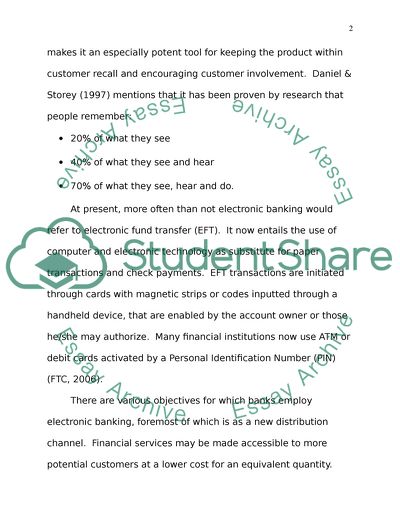Cite this document
(Alternative Distribution Channels vs Traditional Banking Research Paper, n.d.)
Alternative Distribution Channels vs Traditional Banking Research Paper. Retrieved from https://studentshare.org/finance-accounting/1733169-alternative-distrubution-channels-vs-tradetional-banking
Alternative Distribution Channels vs Traditional Banking Research Paper. Retrieved from https://studentshare.org/finance-accounting/1733169-alternative-distrubution-channels-vs-tradetional-banking
(Alternative Distribution Channels Vs Traditional Banking Research Paper)
Alternative Distribution Channels Vs Traditional Banking Research Paper. https://studentshare.org/finance-accounting/1733169-alternative-distrubution-channels-vs-tradetional-banking.
Alternative Distribution Channels Vs Traditional Banking Research Paper. https://studentshare.org/finance-accounting/1733169-alternative-distrubution-channels-vs-tradetional-banking.
“Alternative Distribution Channels Vs Traditional Banking Research Paper”, n.d. https://studentshare.org/finance-accounting/1733169-alternative-distrubution-channels-vs-tradetional-banking.


